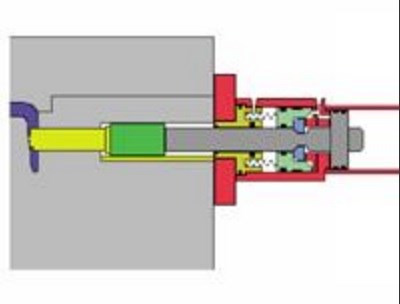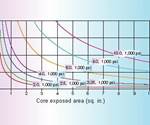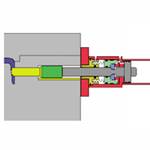Throwback Thursday: Mold Side-Actions
Demands for improved quality, lower costs, shorter production times and increased part complexity persist, so this two-part series on thinking "outside of the box" when it comes to side-action methods is still very relevant.

Understanding the effects of injection on the core, slide and associated components is critical to selecting the best side-action methods for a given application. This first of two articles from Mark Scanlan of PFA Inc. discusses the basic physics underlying all side-actions. Then with a firm understanding of the effects of injection on the core, slide and associated components, the second article discusses modular technologies that provide alternative technology solutions. With a fundamental understanding of various side-action methods, moldmakers can choose and apply the optimal solutions to today's applications. Solutions must benefit all of the players involved in the process: designers, moldmakers, molders and product manufacturers.
Scanlan goes on to say, "as important as part quality and mold performance is to the industry, it no longer overshadows price, speed to market, ROI, lifetime cost, competitiveness, etc., which are ever more commonly reviewed and taken into account in today's global marketplace. A large amount of effort has been expended by innovative companies to provide the industry with more cost-effective methods for producing, maintaining and controlling molds, including more advanced CNC equipment, analysis software, CAD/CAM integration and modular mold components. Perhaps the most familiar modular systems are complete mold bases, hot runner systems, quick-change systems, quick connections and modular wiring harnesses. While slide components such as wear plates, pins and other items have been commonly available as off-the-shelf components, it has only been recently that complete modular side-action systems have become widely known."
Take a second look at his informative series on modularity in mold production.
Related Content
-
The Secrets to Hard Milling Success
The Secrets to Hard Milling Success
-
Solving Mold Alignment Problems with the Right Alignment Lock
Correct alignment lock selection can reduce maintenance costs and molding downtime, as well as increase part quality over the mold’s entire life.
-
Treatment and Disposal of Used Metalworking Fluids
With greater emphasis on fluid longevity and fluid recycling, it is important to remember that water-based metalworking fluids are “consumable” and have a finite life.















